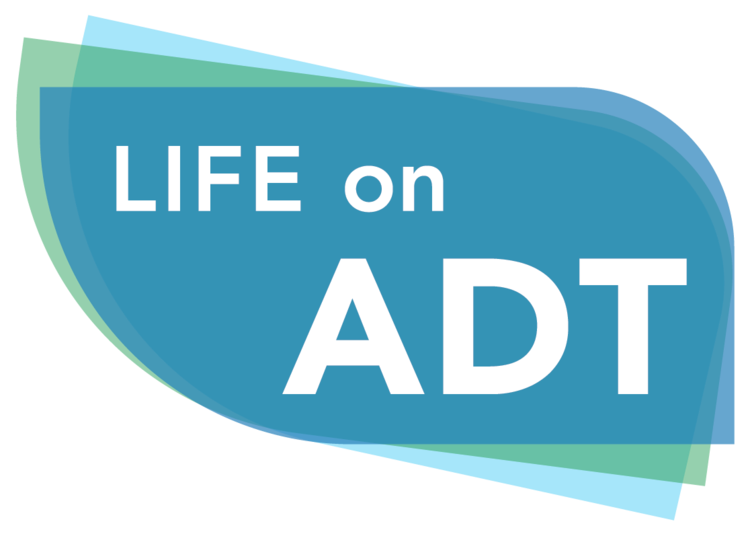Increasingly ADT is being combined with other agents to treat advancing prostate cancer. But the cellular mechanism(s) that account for how these agents work synergistically is not well understood.
In this article researchers at the University of Wisconsin-Madison review several cellular mechanisms that may play a key role in the potency of combination therapies. In particular, the authors explain in detail:
1. How prostate cancer cells respond to ADT.
2. The potential importance of ADT-induced cell senescence; i.e., where cancer cell growth is “arrested”, but the cells remain metabolically active.
3. How the combination of ADT with metformin—a drug typically used in the treatment of diabetes—may affect prostate cancer cells.
The full article is available at:
https://www.sciencedirect.com/science/article/pii/S2214388218300730
Etheridge, T., Damodaran, S., Schultz, A., Richards, K. A., Gawdzik, J., Yang, B., Cryns, V., & Jarrard, D. F. (2018). Combination therapy with androgen deprivation for hormone sensitive prostate cancer: A new frontier. Asian Journal of Urology. https://doi.org/10.1016/j.ajur.2018.09.001
